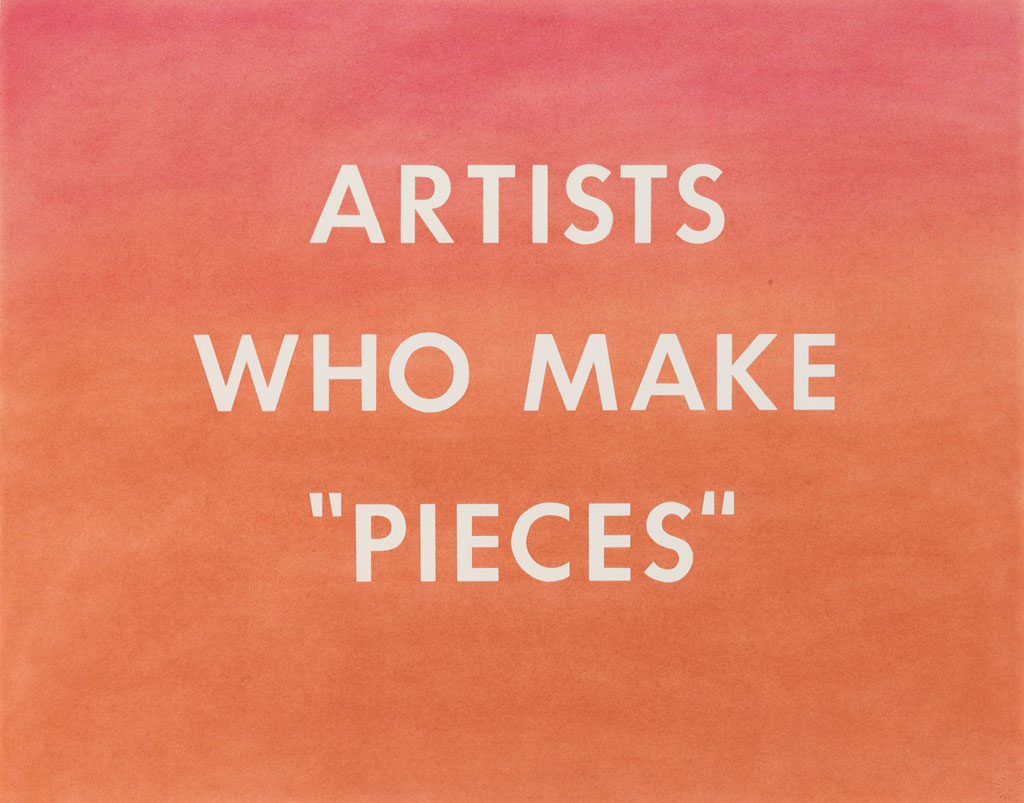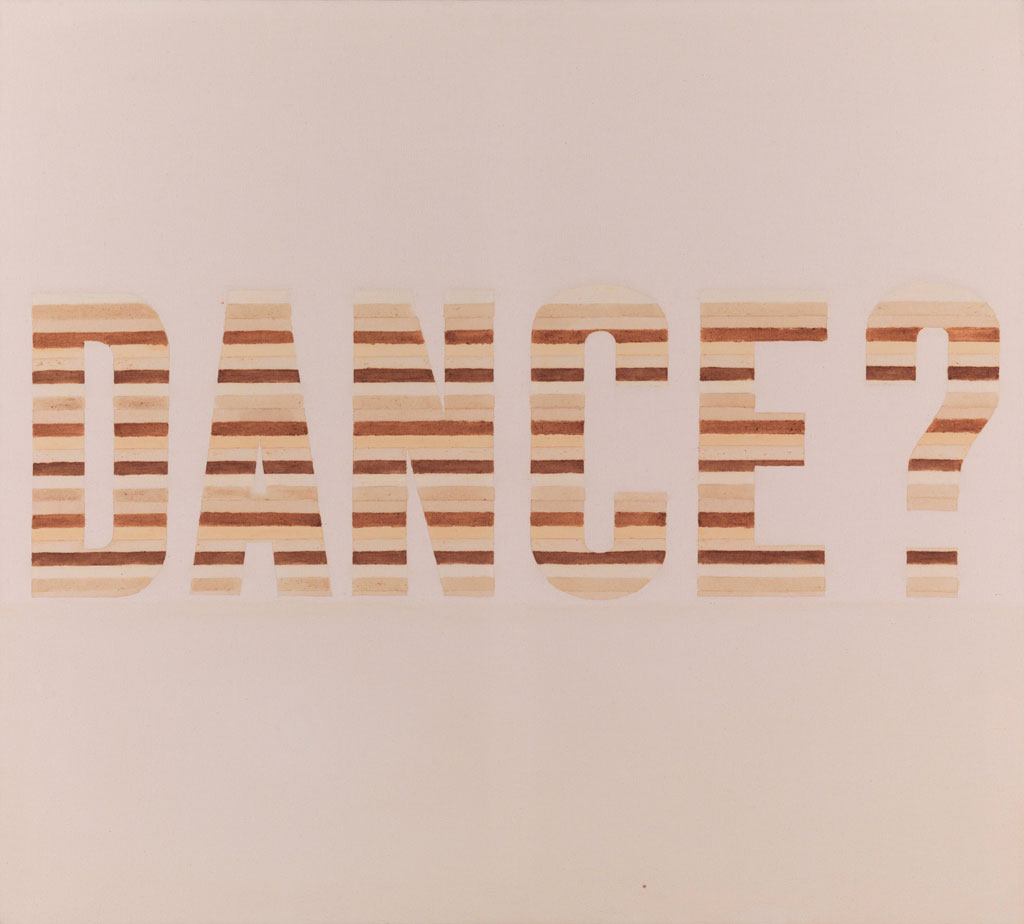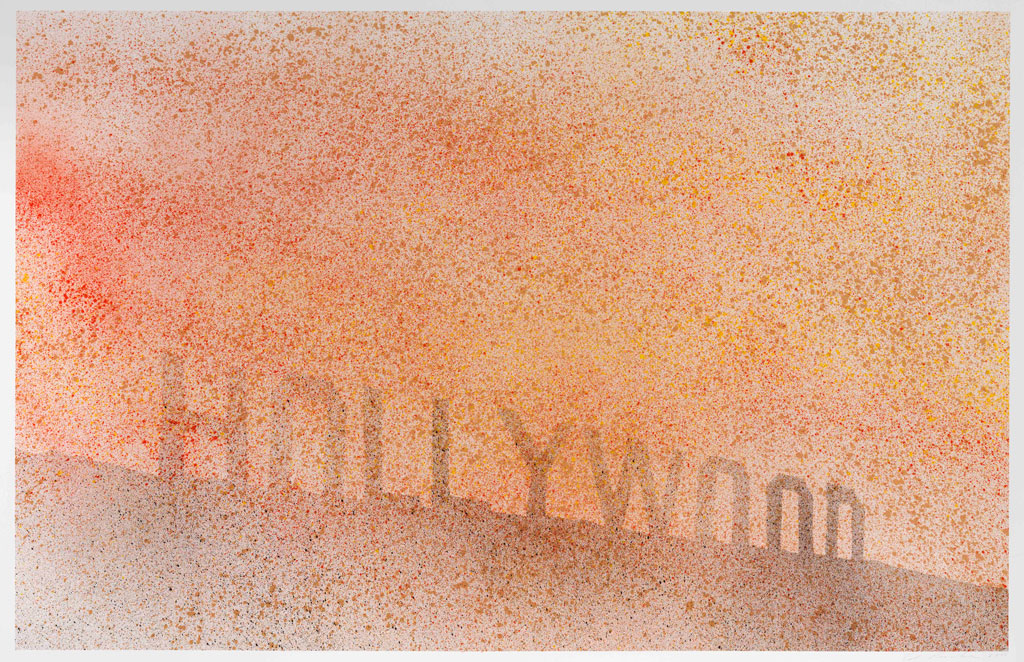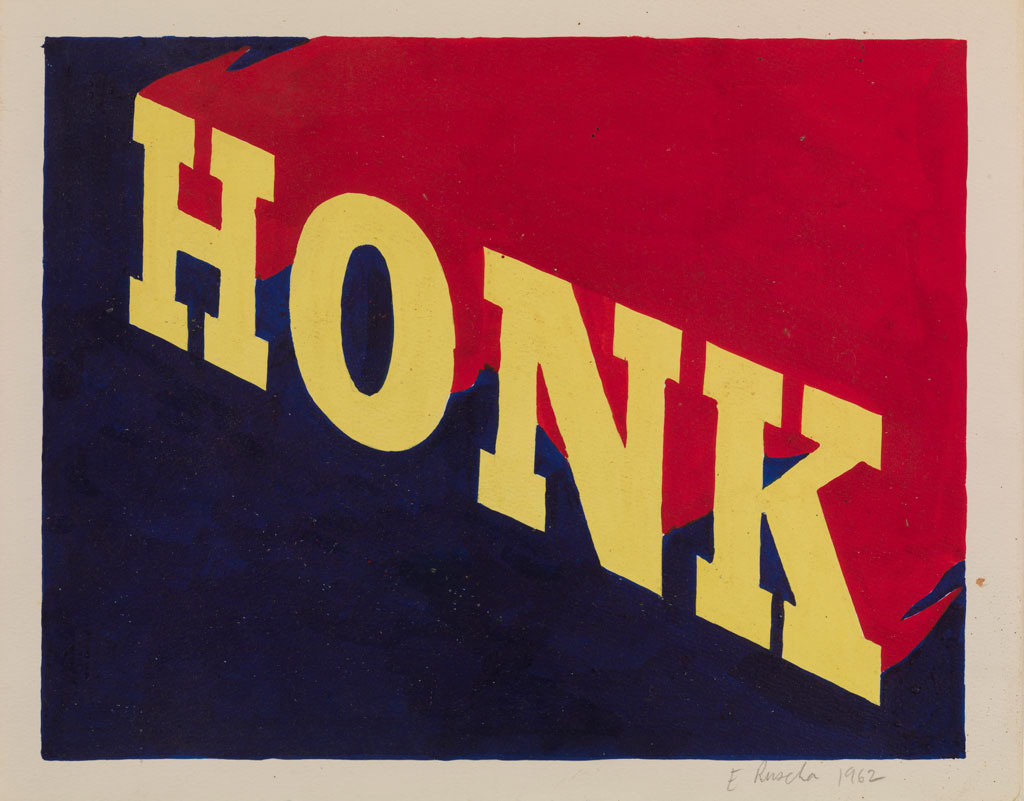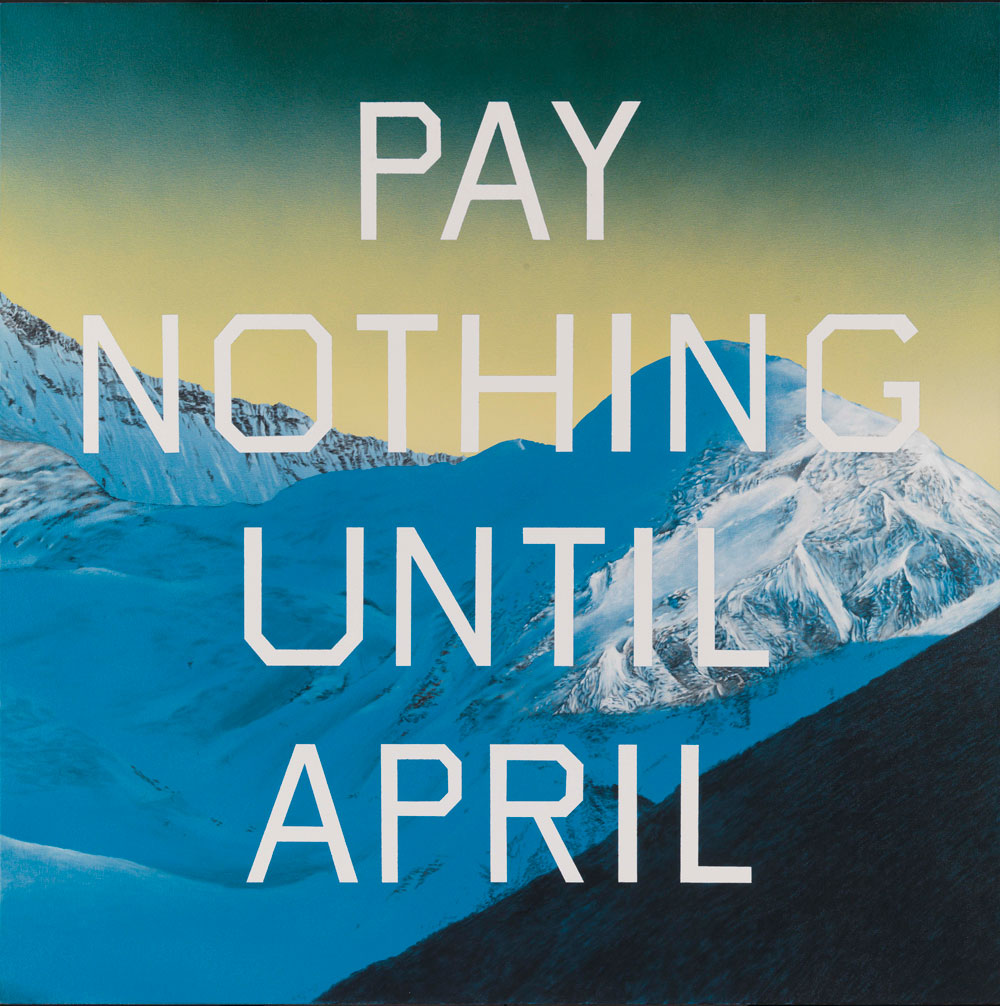ART CITIES:London-Ed Ruscha
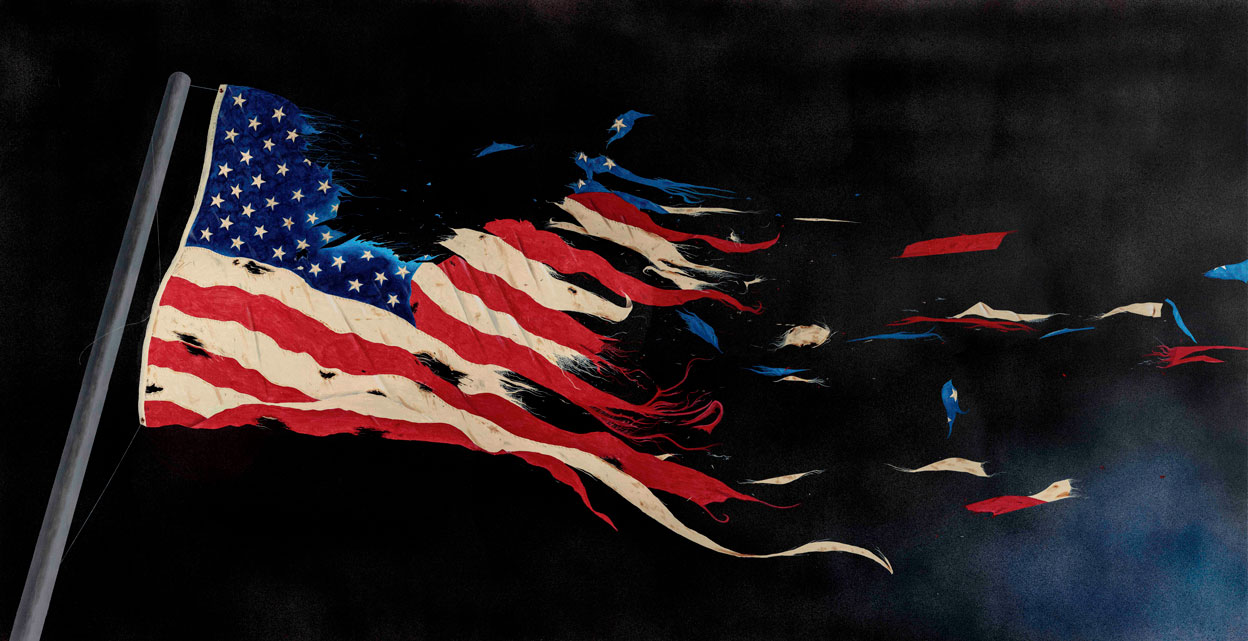 Ed Ruscha’s photography, drawing, painting, and artist books record the shifting emblems of American life in the last half century. His deadpan representations of Hollywood logos, stylized gas stations, and archetypal landscapes distil the imagery of popular culture into a language of cinematic and typographical codes that are as accessible as they are profound.
Ed Ruscha’s photography, drawing, painting, and artist books record the shifting emblems of American life in the last half century. His deadpan representations of Hollywood logos, stylized gas stations, and archetypal landscapes distil the imagery of popular culture into a language of cinematic and typographical codes that are as accessible as they are profound.
By Dimitris Lempesis
Photo: Tate Archive
“ARTIST ROOMS: Ed Ruscha” is the latest in the series of annual free displays in the dedicated gallery in Tate Modern’s building and feature works spanning the entirety of Ruscha’s six-decade career, including large text-based paintings and his iconic photographic series. Also featured is a comprehensive display of Ruscha’s artist’s books, including “Various Small Fires” (1964) and “Every Building on the Sunset Strip” (1966) as well as some 40 works on paper gifted to Tate for ARTIST ROOMS by the artist following his 2015 promise to donate all future prints he makes to the national collection. This builds on the spectacular generosity of Ruscha’s gift of his painting “The Music from the Balconies” (1984) to the ARTIST ROOMS Collection in 2009. Ed Ruscha is well known for his depiction of isolated words and phrases, often superimposed over picturesque landscapes or featuring incongruous objects and a variety of textures, real or simulated. His early career as a commercial graphic artist strongly influenced his techniques and thematic approach, referencing the language of advertisement. Although initially inspired by Neo-Dada and Pop Art, his paintings quickly demonstrated a unique aesthetic that defies easy categorisation. His text-based works, photographic series of urban landscapes and enigmatic artist’s books were hugely influential in the development of conceptual art in the 1960s and 1970s, and his sardonic takes on the banality of modern life continue to inspire generations of artists. Ruscha used unconventional materials in his graphic work of the late 1960s and 1970s: he drew with gunpowder and painted and printed with foodstuffs and a variety of organic substances; for example, “DANCE?” (1973) was made using coffee, egg white and mustard. He often draws inspiration from his adopted hometown of Los Angeles, from its architecture and topography to the mass media imagery it generates. This exhibition includes his series of photographs of LA’s swimming pools and parking lots, as well as paintings inspired by classic Hollywood cinema such as “The Final End” (1993). In Ruscha’s works commonplace expressions and out-of-context quotations are paired with visual stereotypes and familiar objects, generating images that are eye-catching and yet somehow mundane, as seen in the painting “Pay Nothing Until April” (2003). His works are characterised by a deadpan sense of humour, although they can also be interpreted as commentaries on consumer culture and other aspects of contemporary American society and politics, as seen most explicitly in the large painting “Our Flag” (2017).
Info: Curator: Kerryn Greenberg and Valentina Ravaglia, Tate Modern, Bankside, London, Duration 26/7/19- Spring 2020, Days & Hours: Mon-Thu & Sun 10:00-18:00, Fri-Sat10:00-22:00, www.tate.org.uk
